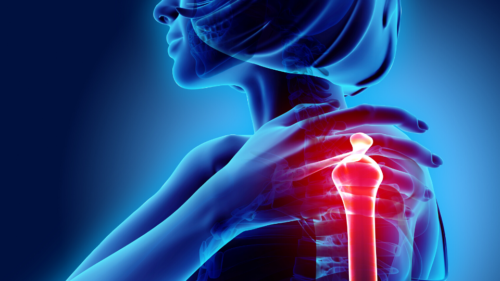Neck and Arm Pain

The head is a highly mobile part of the body, and the neck’s role in facilitating this function means that any pain or movement limitation in the neck is severely disabling.
Pain affecting the cervical spine/neck alone, or in combination with pain into the upper limbs is a common pain syndrome. There are a number of potential causes for this, such as:
- Cervical Facet Joint Pain
- Cervical Radicular Pain or Upper Limb Pain
- Degenerative Disc Disease or Discogenic Pain
- Spondylosis
- Canal Stenosis
- Whiplash Injury
Often, more than one problem can be contributing, and this increases with advancing age.
 Cervical Facet Joint Pain is typically described as aching or throbbing, can be felt on one or both sides of the neck, and can also spread into the back of the head, shoulders or upper back. Whiplash Injury pain syndrome can often be associated with damage to cervical facet joints.
Cervical Facet Joint Pain is typically described as aching or throbbing, can be felt on one or both sides of the neck, and can also spread into the back of the head, shoulders or upper back. Whiplash Injury pain syndrome can often be associated with damage to cervical facet joints.
Pain in the upper region of the cervical spine can be associated with a syndrome of neck pain plus headache. Common diagnoses for this syndrome include:
- C1-2 or Atlantoaxial Joint Pain
- Cervicogenic Headache
Abnormal muscle tone or spasm can also contribute to pain in the neck, arm and head, making this syndrome one of the most difficult to treat.
Identifying the underlying cause, or “pain generator”, is key, and once optimally treated, additional strategies to address the “knock on” effects are more successful.
Learn more
- Educational video: Neck Pain
- Educational video: Shoulder Pain
- Educational video: Elbow Pain
- Educational videos: Hand and Wrist Pain
- Educational video: Osteoarthritis
- Download our brochure about Understanding Chronic Pain here
- Musculoskeletal Australia: Neck Pain Fact Sheet
- Musculoskeletal Australia: Shoulder Pain Fact Sheet
- Musculoskeletal Australia: Managing your pain – the A-Z